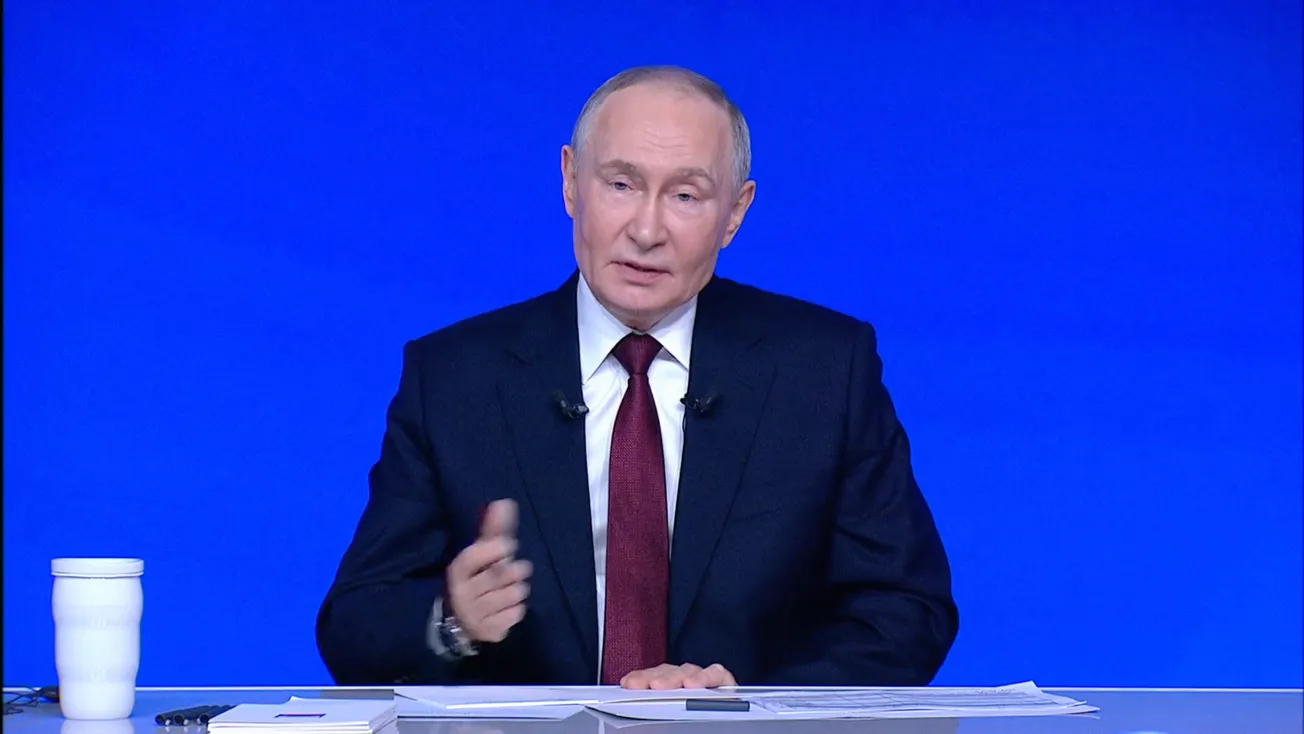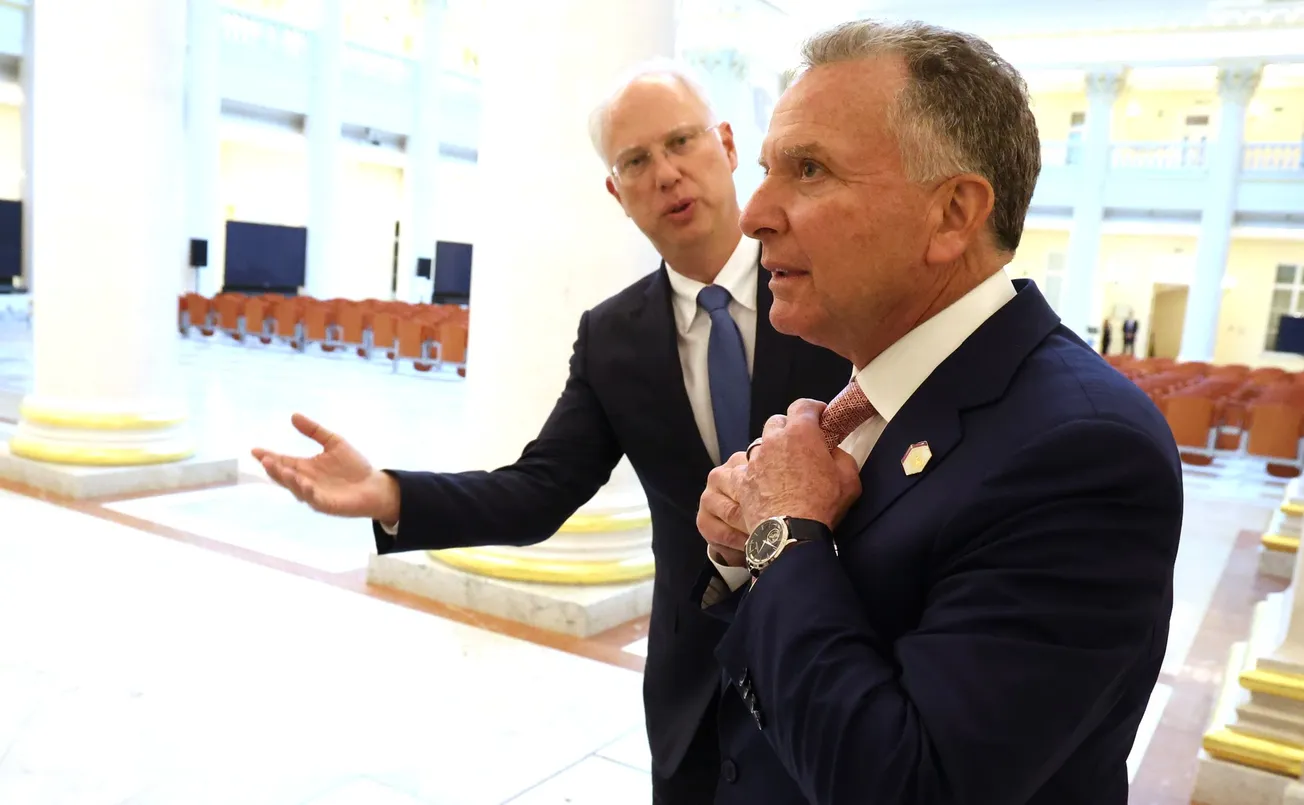May 21(EIRNS)—Italian Foreign Minister Luigi Di Maio has presented a four-point peace plan for Ukraine to UN Secretary General Antonio Guterres. The notable part of the plan is the proposal of “a multilateral agreement that can guarantee peace and security in Europe.” However, this is the last of the four points, and instead should be the first one. Once such an agreement is reached, all other pieces fall in place.
The document was delivered to the UN Secretary General two days ago and also delivered to the G7 foreign ministers in the last days.
The Italian action is the consequence of a shift within the government coalitions, where a majority is now calling for shifting the emphasis of Ukraine policy from weapons delivery to a peace effort.
The first step is a ceasefire plus demilitarization of the front line to prepare the ground for possible talks and the final cessation of hostilities.
A report in TGCOM24 admits that “Although this is the most obvious step, it is also the most complex one, given the situation on the ground and the battlefront line that stretches for hundreds of kilometers.”
The second step is to ensure Kyiv’s neutrality through international agreements.of complex revision. A peace conference is expected to be convened, at which any conditions are to be discussed. Given Ukraine’s intention to join the EU, neutral status should be compatible with membership in the European Community.
The third point is a bilateral agreement between Russia and Ukraine over the management of Crimea and Donbass (particularly the breakaway republics of Donetsk and Lugansk). Discussed will be: the node of sovereignty, territorial control, legislative and constitutional arrangements of these areas and possible political measures of self-government.
“Also included will be language and cultural rights, free movement of people, goods, capital and services, preservation of historical heritage and some time review clauses.” Total autonomy of disputed areas and autonomous security management are suggested.
Finally, the fourth point calls for a multilateral agreement that can guarantee peace and security in Europe, involving the OSCE. A rearrangement of international balances will be proposed again, starting with the relationship between the European Union and Moscow in which strategic stability, disarmament and arms control, conflict prevention, and confidence-building measures will be questioned.
“The topic of one of the most important mediation efforts will be the withdrawal of Russian troops from the occupied territories and to re-propose a return to the status quo prior to February 24, 2022, the date of the invasion ordered by Putin. The withdrawal could be progressive, just as the possible conditional, partial, gradual, proportional lifting of sanctions against Russia would be progressive.
“The four steps would be placed under the overall supervision of an ad hoc created body: The Gif, International Facilitation Group, composed of countries and international organizations, particularly the UN and EU. Among the countries that, already a few weeks ago, were considered for peace negotiations are France, Germany, Italy, Turkey, the United States, China, Canada, the United Kingdom, Poland, and Israel.”
Whatever chances such a plan has, this is a clear break with the Biden/Johnson “war to the last Ukrainian” line.



